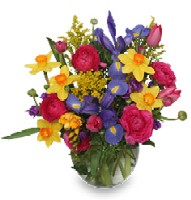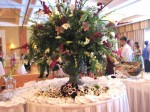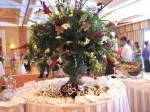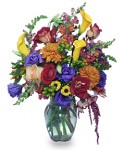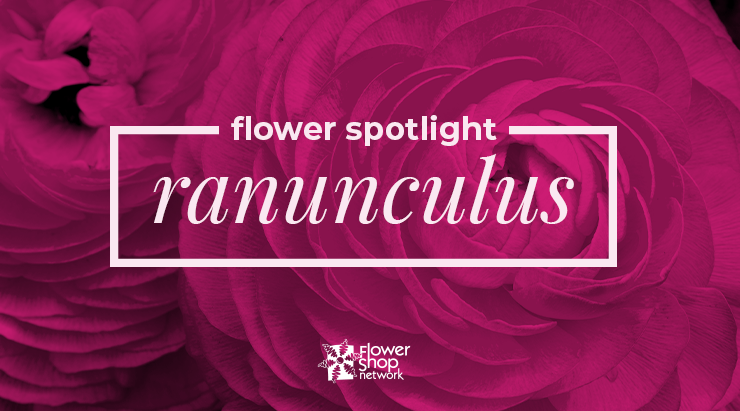
Ranunculuses are beautiful flowers that are perfect for your next bouquet! With their delicate, showy petals, they are an elegant addition to any flower arrangement or garden. Keep reading to learn more about their origin and meaning, along with some interesting facts about them! [Read more…]


 Find Your
Find Your 